If I could only pick one or the other, I’d have to say I’m a Novus Ordo Catholic. It’s the Mass I’ve attended for most of my 65 years. My early childhood preceded the Novus Ordo, so I had nine years in the Latin Mass, but it was mostly prior to the age of reason.
My family moved from a small town to the big city at the precise moment the new Mass was rolled out in the Dallas diocese. Unconsciously, I suppose I’ve associated the Latin Mass with my innocent, protected, stained-glass childhood, a time of wonder and safety and predictability. I had my own virginal white leatherette missal with Latin on the left and English on the right, and I loved following the prayers from the moment I learned to read. Being bilingual at the age of 6 made me proud, and I felt sorry for my Protestant friends who could only worship in one language.
By contrast, our new Dallas parish seemed gleeful at the blank canvas of the Novus Ordo, newly sprung upon the laity. I remember one Mass where pizza was “consecrated” for Communion, and another where a freshly-minted deacon sprayed shaving foam from the pulpit to make a point. Of course, as a child, I didn’t know these things were sacrileges; I just thought they were silly; funny, but in a vaguely embarrassing way.
At my new school in Dallas, I became acquainted with bullying, on the receiving end, despite it being a Catholic school. And so, the new Mass in my new home at my new school became associated with bewilderment in a harsher, uglier world in which the “reliables” no longer existed.
Anyone my age can recite encyclopedically the liturgical abuses they’ve seen; they were legion. But the Novus Ordo was the only game in town until 2007. In the midst of the disorder, I’ve also attended Novus Ordo Masses that were so lovely they made me cry. Serious, edifying homilies, well-rehearsed readers, carefully selected music performed very well. Not every parish jumped on the bandwagon of foolishly-conceived liturgies; or if they did, they took pains to recover the dignity of the Mass after the initial bender.
I’m no scholar of the TLM; I leave that to thinkers like Janet Smith. I only know what I personally experience. I’m attracted by the elements we’ve lost, like Psalm 42 (43) at the beginning of the Mass and John’s Gospel at the end; the quaint-sounding prayers before and after Communion (“what has passed our lips as food, may we possess in purity of heart”); the catchy, pleasing rhythm of Latin phrasing, like “Per ipsum, et cum ipso, et in ipso…”
Dare I say it? The Latin Mass is an adventure. That’s not what makes it sacred, but it does make it compelling. It’s a secret language waiting to be unlocked. It keeps me on my toes; I have to watch and listen carefully. It has flourishes and lace and poetry, and yet, everything means something. Nothing is superfluous; there’s an elegant economy to it. And it has enough quiet built into the structure that I’m not racing through what is the most important hour of my life.
As long as the Church validates the Novus Ordo, I can be sure that I am present at the same holy and redemptive sacrifice as at the Traditional Mass. Jesus is one and the same. I have no uneasiness about one form being “more valid” than the other.
The genius of Pope Benedict XVI’s Summorum Pontificum was to allow us to have both. All my favorite saints, from St. Clare to St. Maximilian Kolbe, worshipped God in the traditional Mass, so how can it possibly be for me a source of division or distress? Conversely, my favorite popes, John Paul the Great and Benedict XVI, celebrated the Novus Ordo, so how can I vilify it?
It intrigues me that, for some reason, the Novus Ordo opened the door to brutalism in art and architecture, minimalism in church décor, and childishness in music. Why is that? Why are churches built before the Novus Ordo marvels of carved wood and marble, filigree, domes, frescoes, colorful saints, flying buttresses, and most importantly, representational art, while churches built after 1969 feature minimalism, brutalism, blank walls, low ceilings, reverberating acoustics that make it hard to hear, and strange figures in art and statuary that bear little resemblance to humans? Was it just the spirit of the times or something about the Novus Ordo itself that entered through the open window and ransacked our churches?
How did a Novus Ordo priest rewrite the sacred words of consecration into absurdly rhyming couplets, when no priest of the former order would have ever dreamed of tampering with the rubrics? Why do we have lay readers who blithely mutilate the words of Scripture in the Novus Ordo, when readings in the former order were intoned by seminary-educated men who were not seeing those words for the first time as they opened the Lectionary? Why are laypeople in all stages of dress lined up to handle the sacred vessels in the Novus Ordo, when every person on the altar of the former order was robed or vested?
There seems to be something about the Novus Ordo that allows for desacralization. Is it the Latin language itself that keeps the TLM holy? Or the weight of history, millions of Christians having worshipped in exactly the same way for over a thousand years? I haven’t a clue, but it is a question worth pondering.
Recently, I went with a group of friends on a road trip to some places near us that have made news in the Catholic world: the Benedictine Abbey in Gower, Missouri, of course, where the remains of Sister Wilhelmina lie incorruptly in the sanctuary, St. Mary’s, Kansas, where a big new church dedicated to the Immaculata was just completed, and the Clear Creek Abbey in Oklahoma, where we heard the brothers were more or less hand-building their church and raising their own food.
We were just looking for pilgrimage destinations where great things were happening. What we didn’t realize until we got there is that all three sites are Traditional Latin Mass communities:
The Benedictine sisters of Mary, Queen of Apostles, founded by Sister Wilhelmina Lancaster specifically to preserve traditional worship, who are famous in the music world for their chant…all Latin.
The magnificent Church of the Immaculata of St. Mary’s, in the middle of a town that eats and breathes Catholicism…Traditional Latin Mass and sacraments.
The Benedictine monks of Clear Creek Abbey, who live the Rule primarily in silence and who have achieved self-sufficiency in food production and lifestyle…Divine Office and Mass, all in Latin.
Is it just a coincidence that the places seeming to have the most going on are celebrating the Traditional Latin Mass? When you walk into the heavenly Immaculata Church in St. Mary’s, you have to wonder about the zeal and devotion that could build such a splendor in the middle of a very small town in a rather empty state, and in the post-lockdown years, to boot. (St. Mary’s is an SSPX church, but as I learned, it is permissible for a Roman Catholic to receive Communion there.)
The Shrine of Blessed Stanley Rother, in Oklahoma, recently completed and not a TLM church, is also a sign of new life. And I’m aware of a Novus Ordo parish in Plano, Texas, that razed the old, brutalist concrete church building and is about to dedicate a gorgeous, Italian-basilica-style sanctuary, having done the bulk of their capital campaign during the lockdown. So, not all the new life and beauty in the Church is located in TLM communities. But at the same time, we read regularly about parish churches in Chicago and the Northeast closing for lack of interest.
I don’t think there’s any denying that the Traditional Latin Mass has vitality, a sense of beauty and fittingness, and the youth that guarantees longevity. I don’t see them being crushed. They are, instead, attracting the attention of those looking for the heart and the spirit of Catholicism.
While I am, by sheer mathematics, a Novus Ordo Catholic, I see a future in the Traditional Latin Mass. I pass over any canonical arguments about whether the Traditional Mass can lawfully be suppressed and simply observe that there are signs of a flourishing springtime in Traditional Latin Mass communities. This surge happened prior to Traditionis Custodes, so it can’t be chalked up to rebellion.
There is organic growth of remarkable beauty, and if that is a sign of God’s favor, the Traditional Latin Mass and its communities will certainly survive the passing storm.


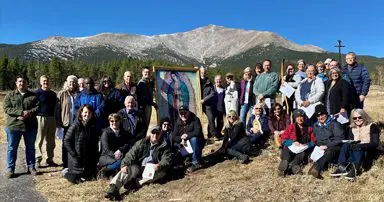




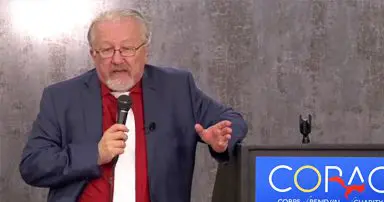












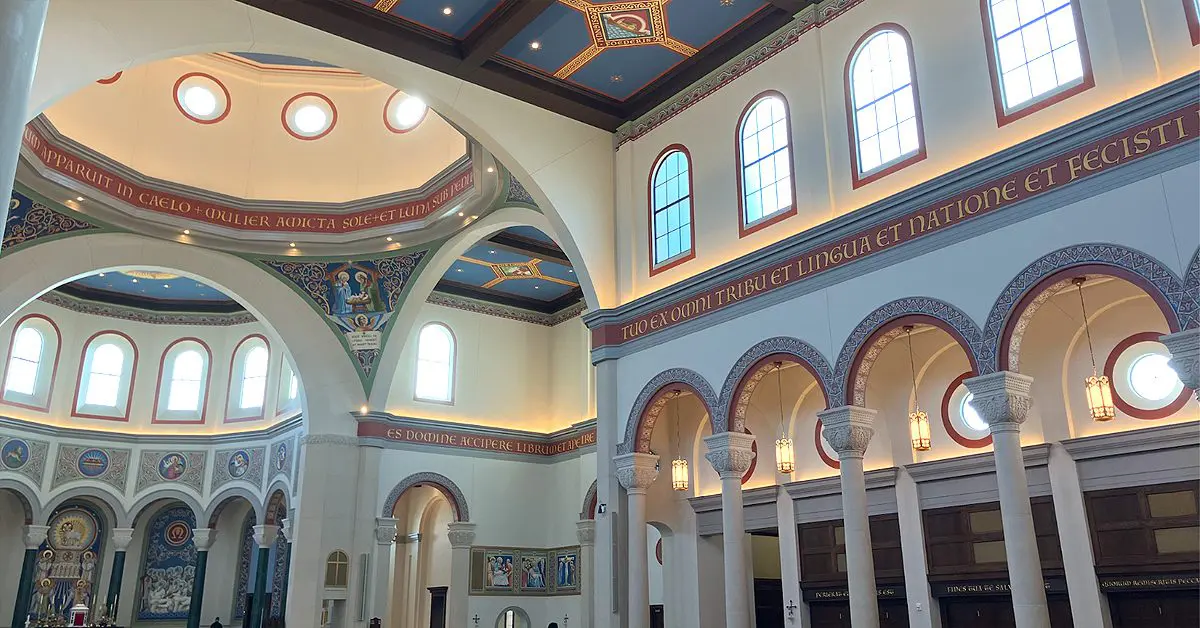









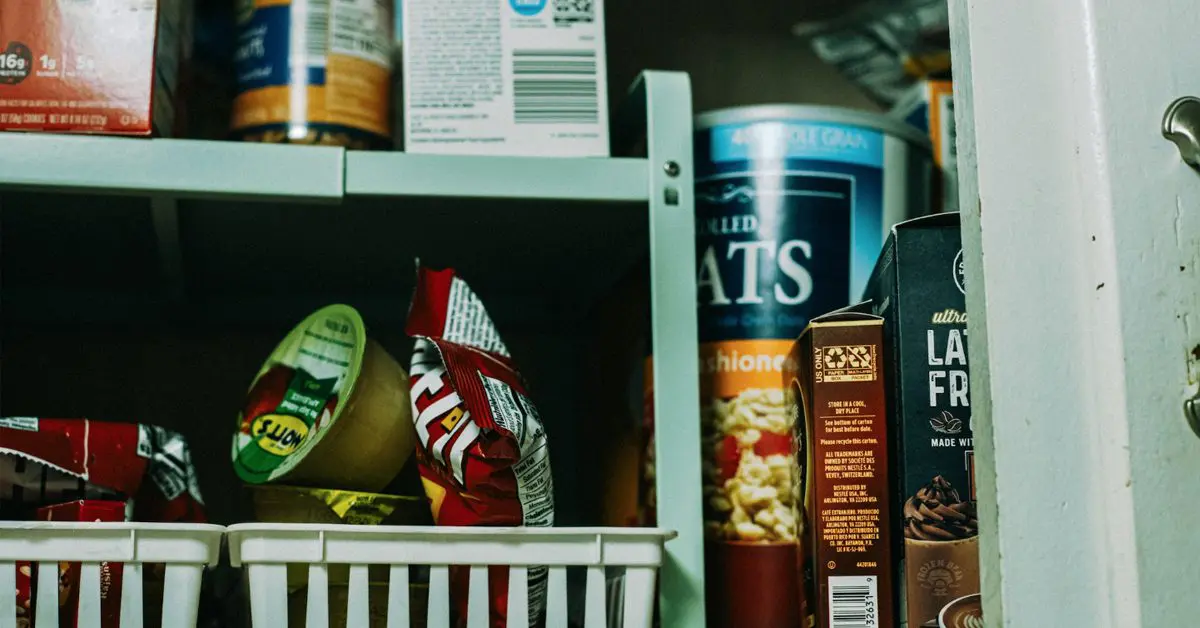

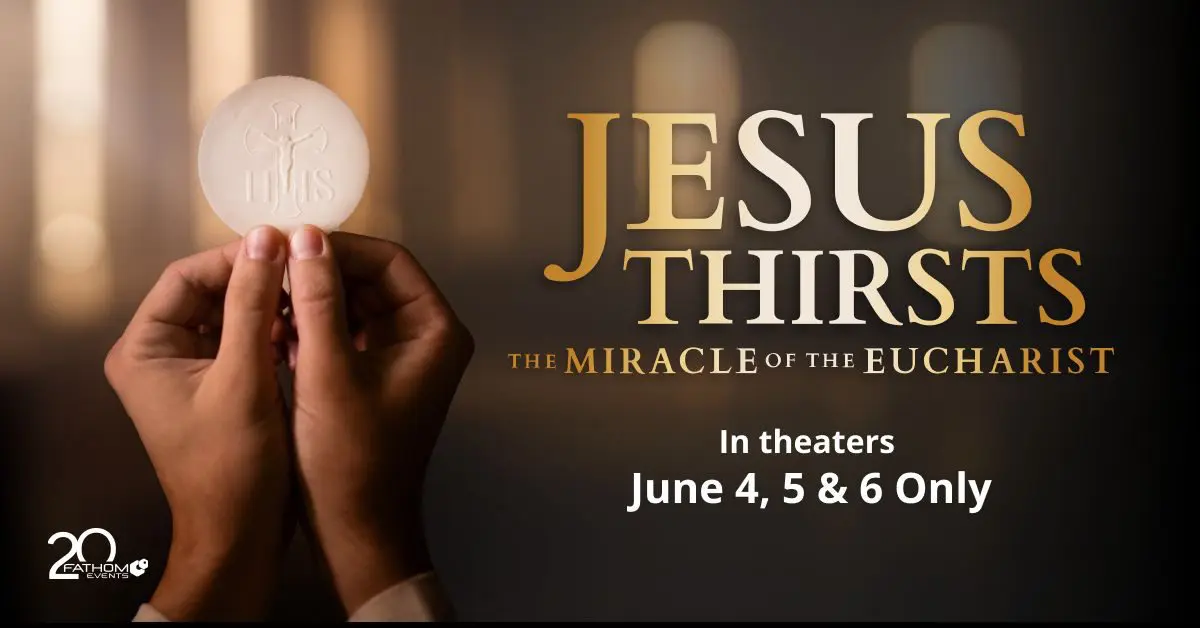


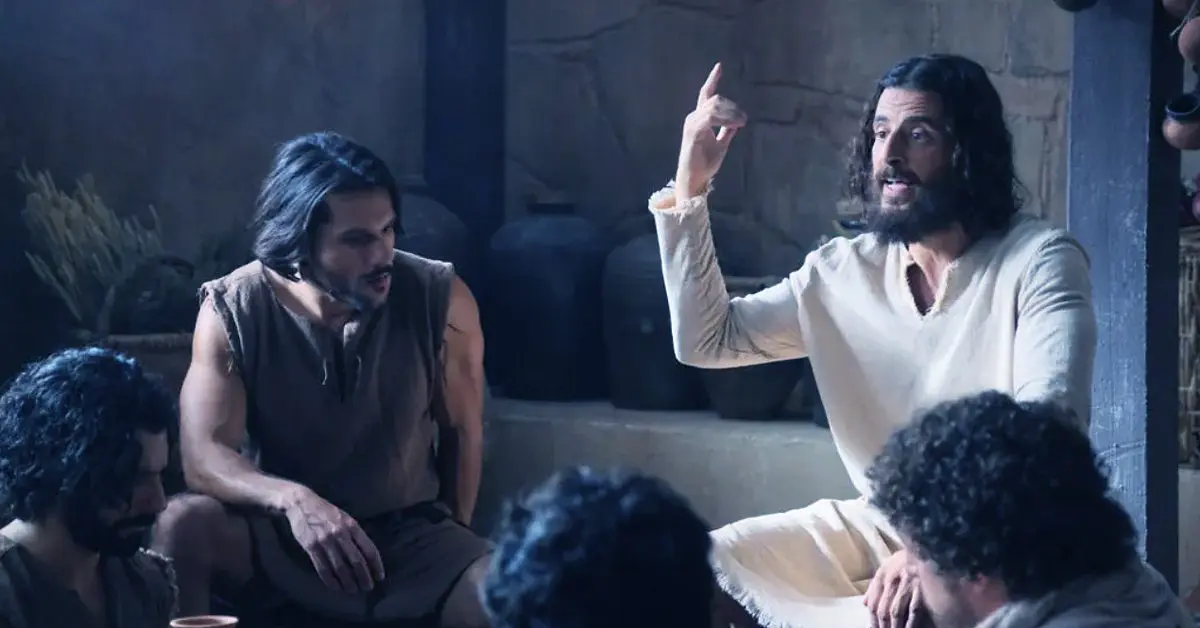
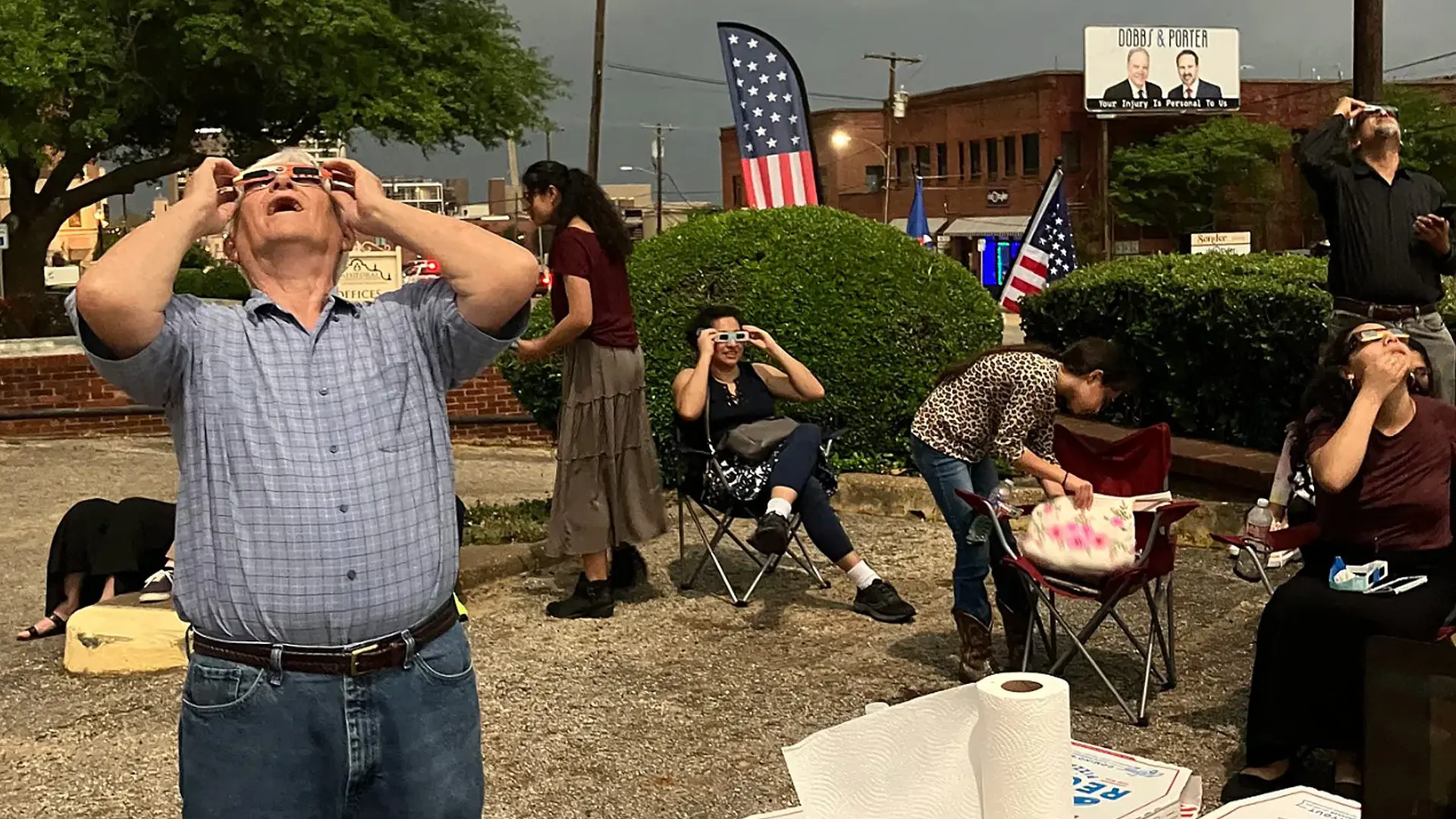



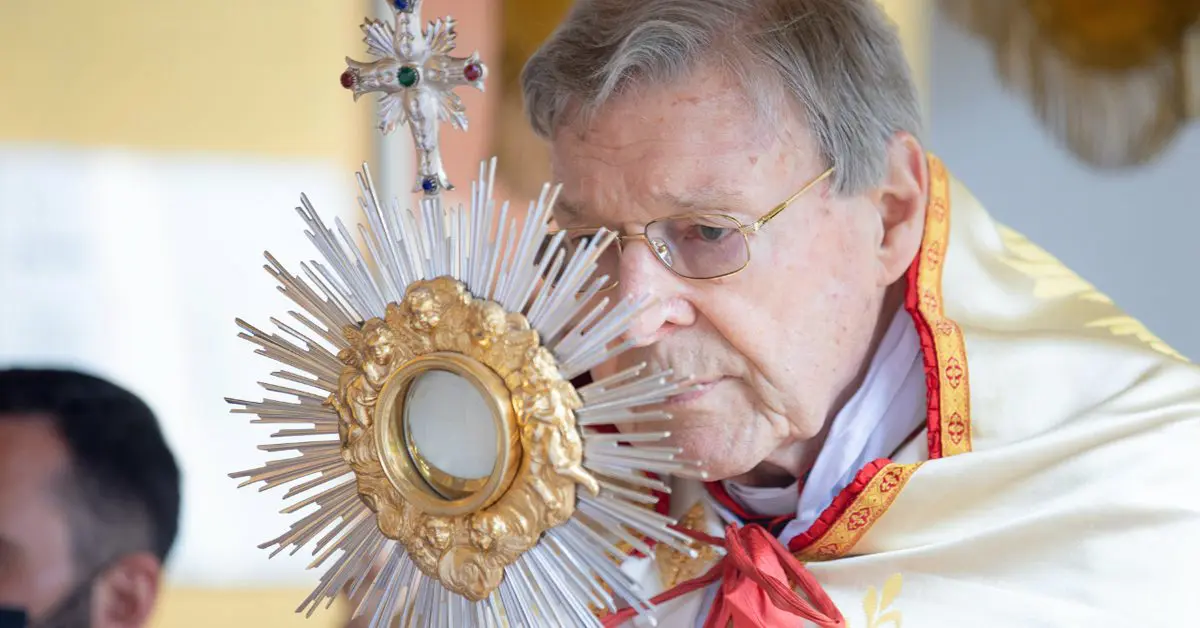







0 Comments